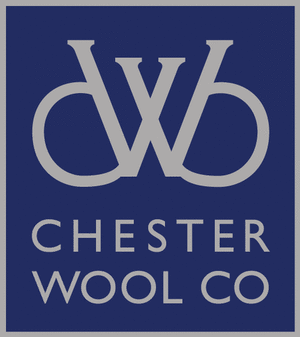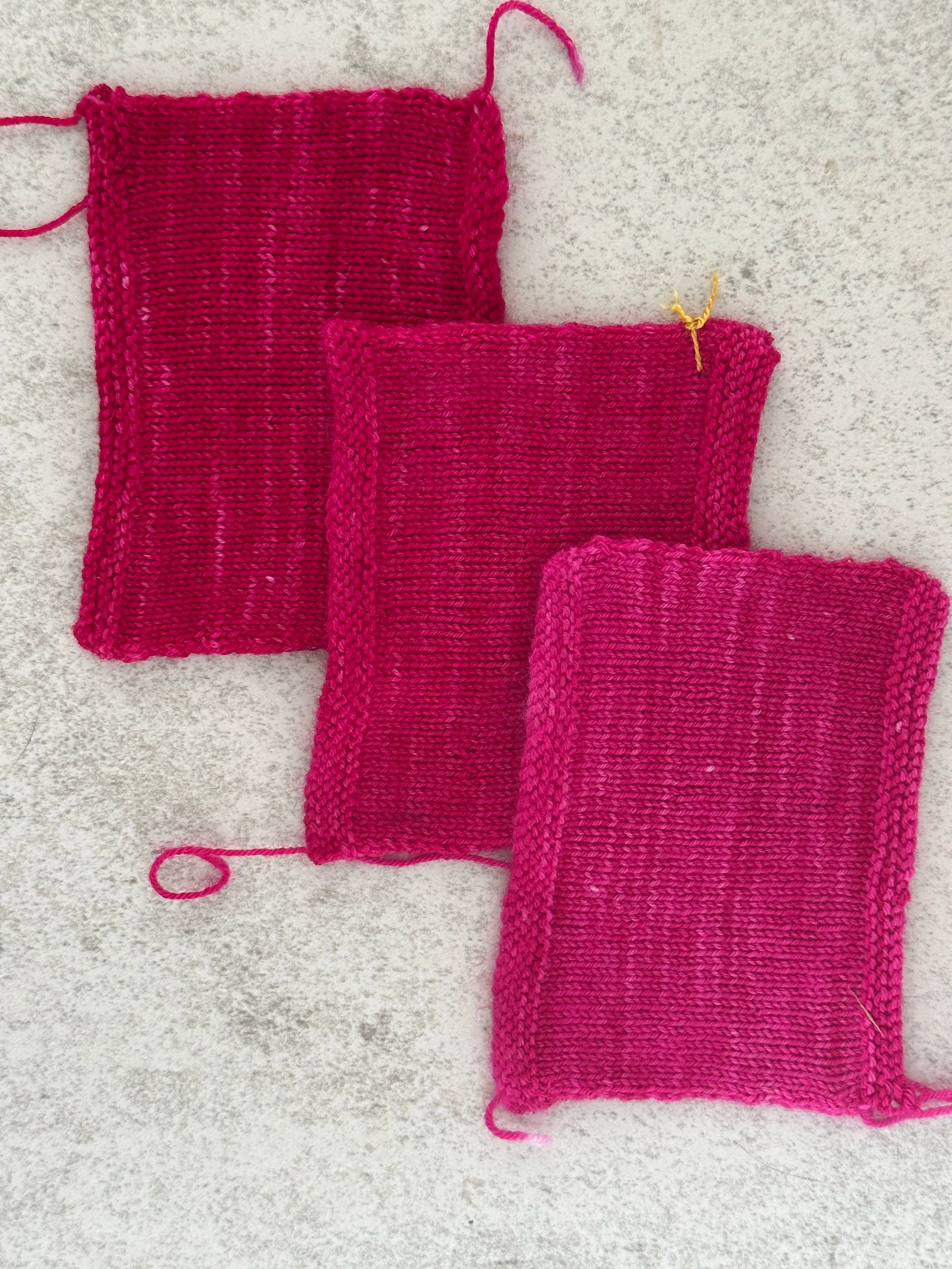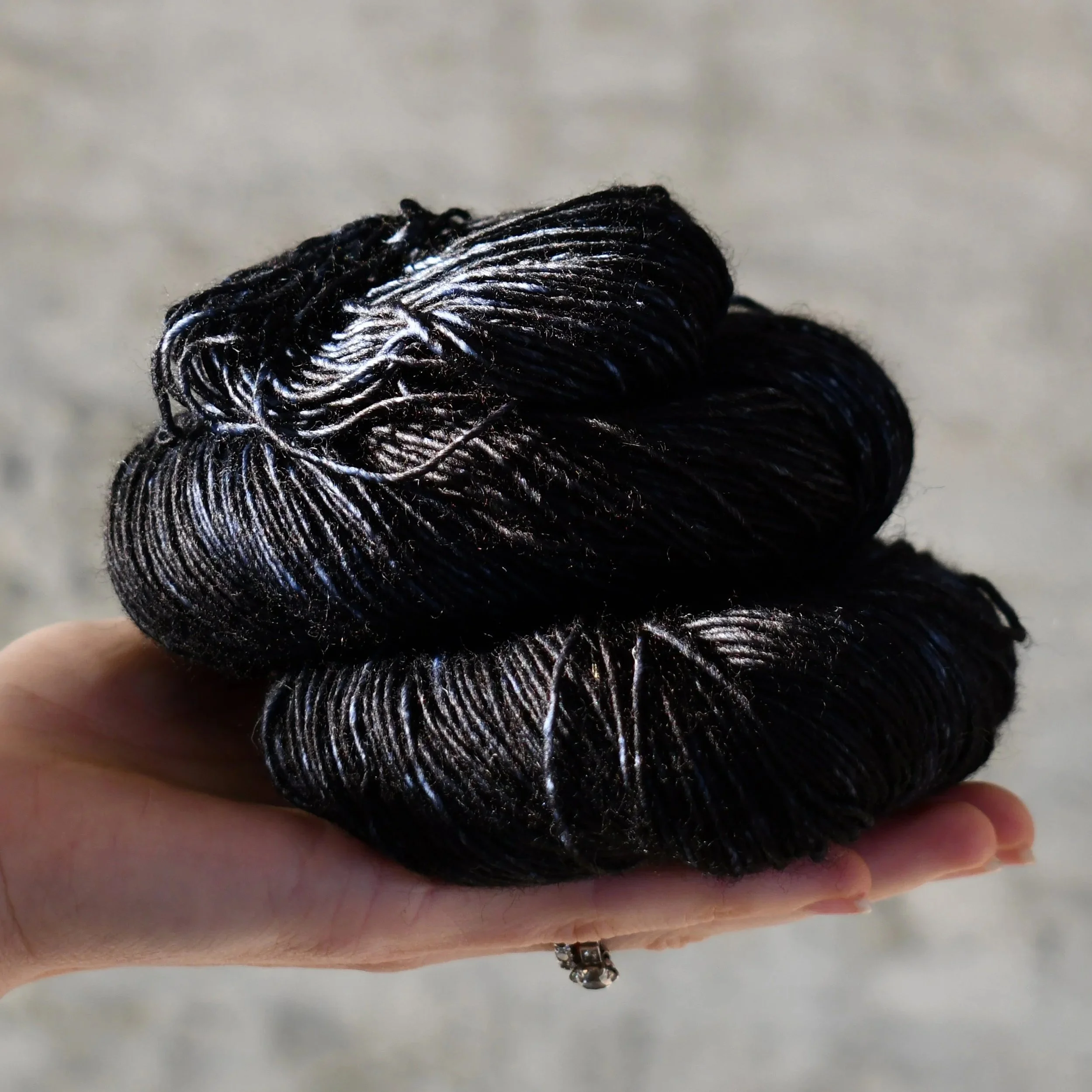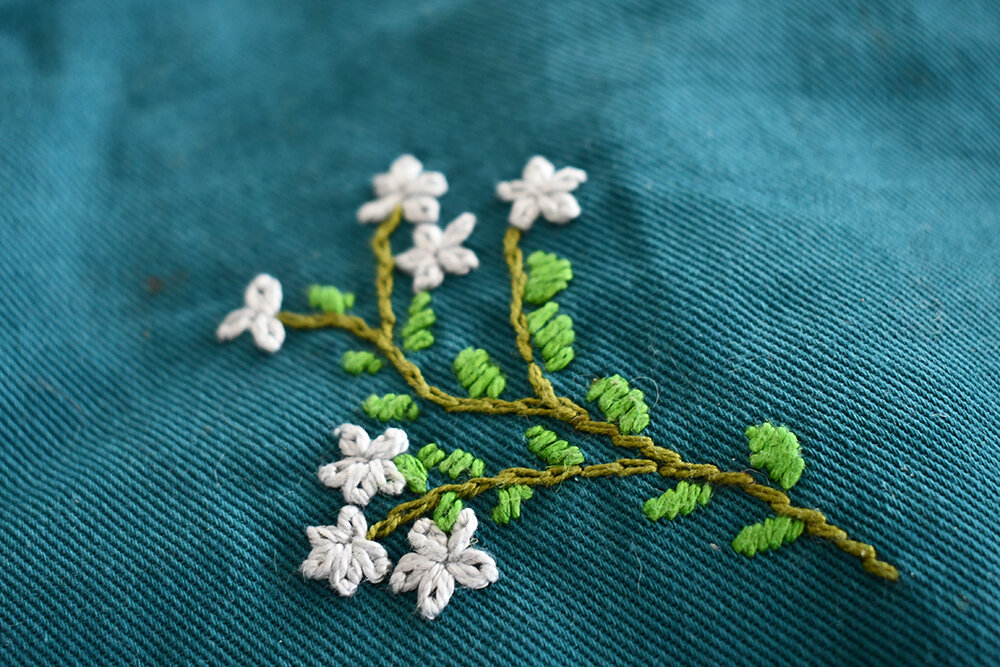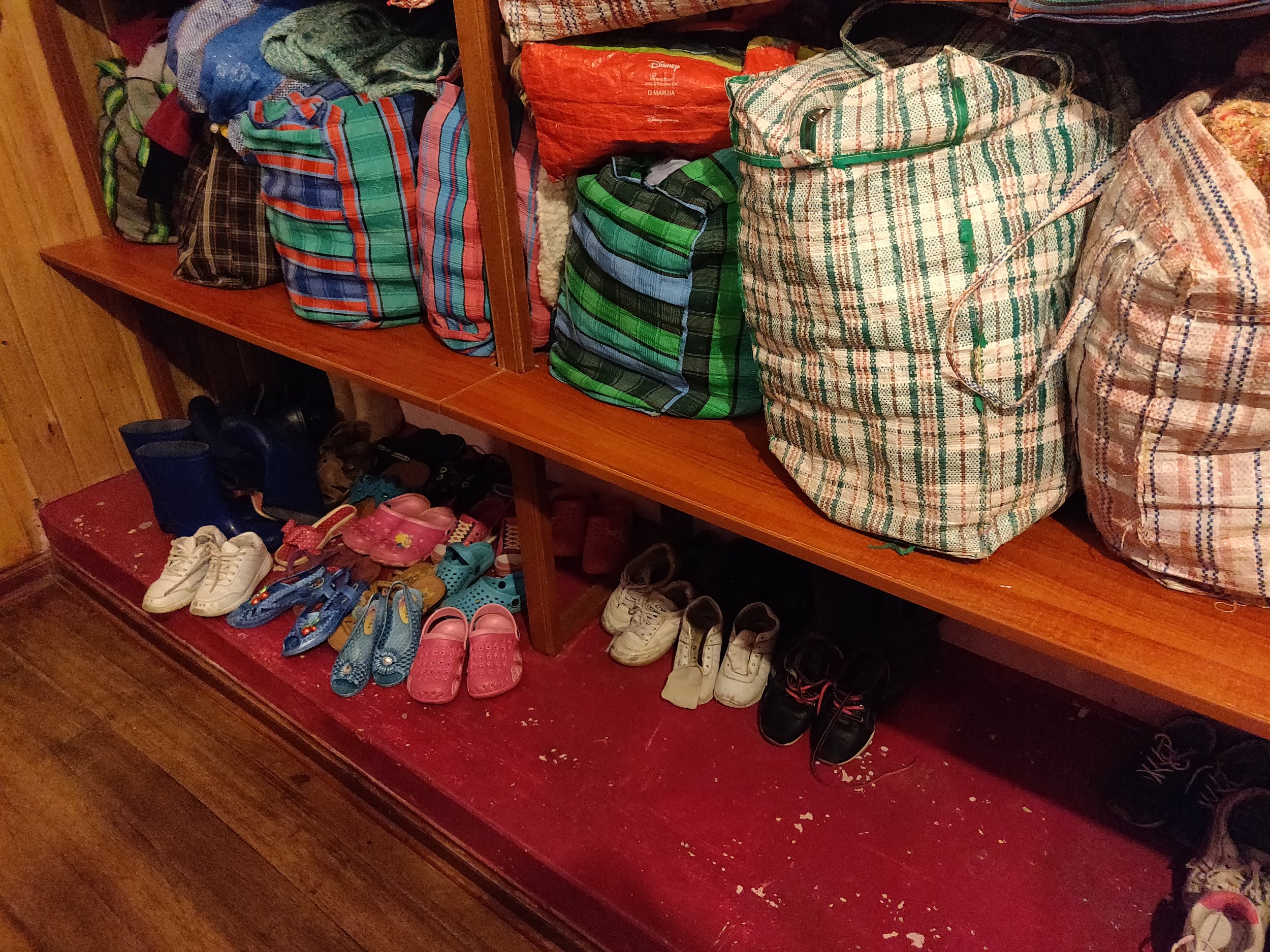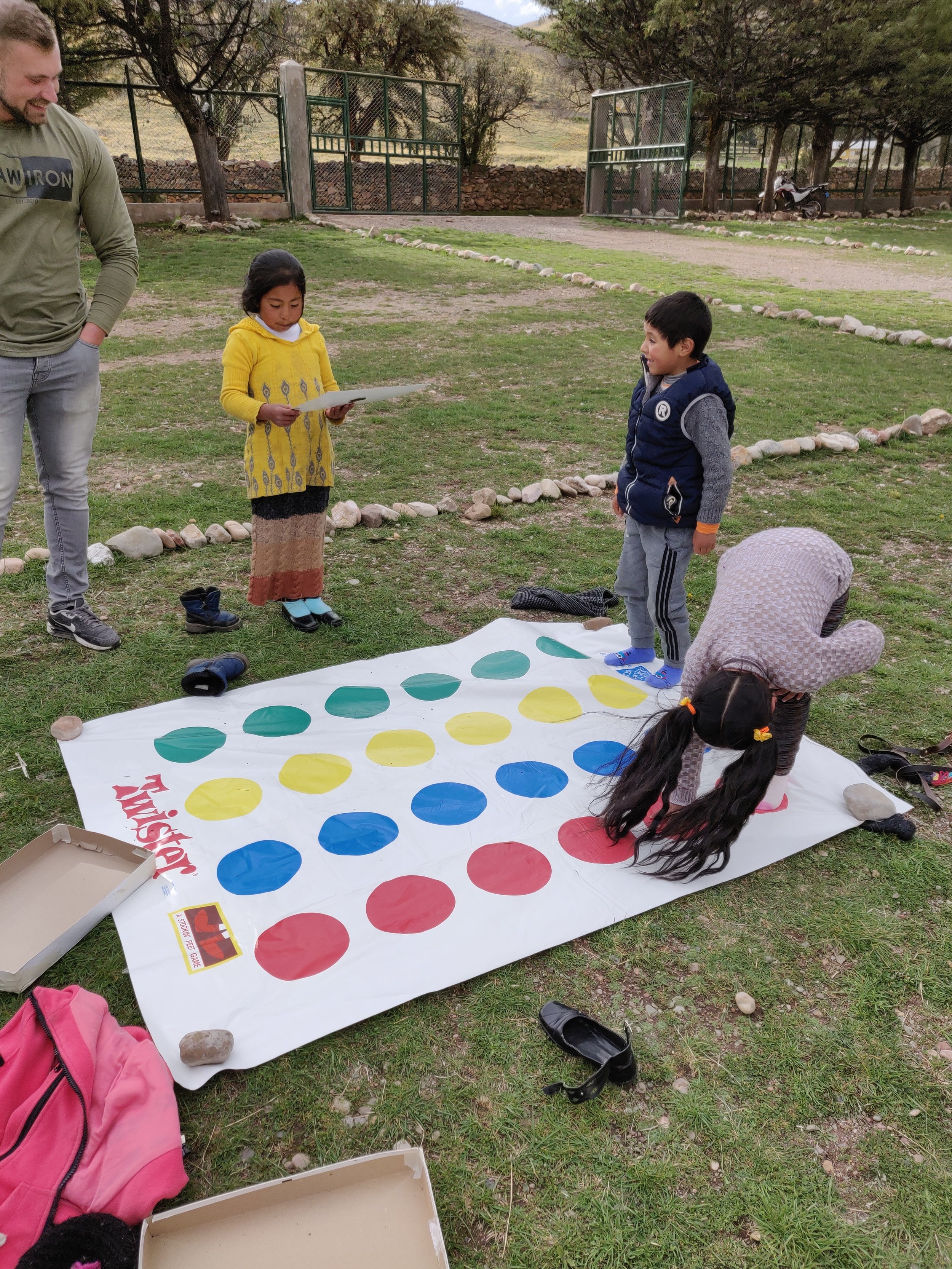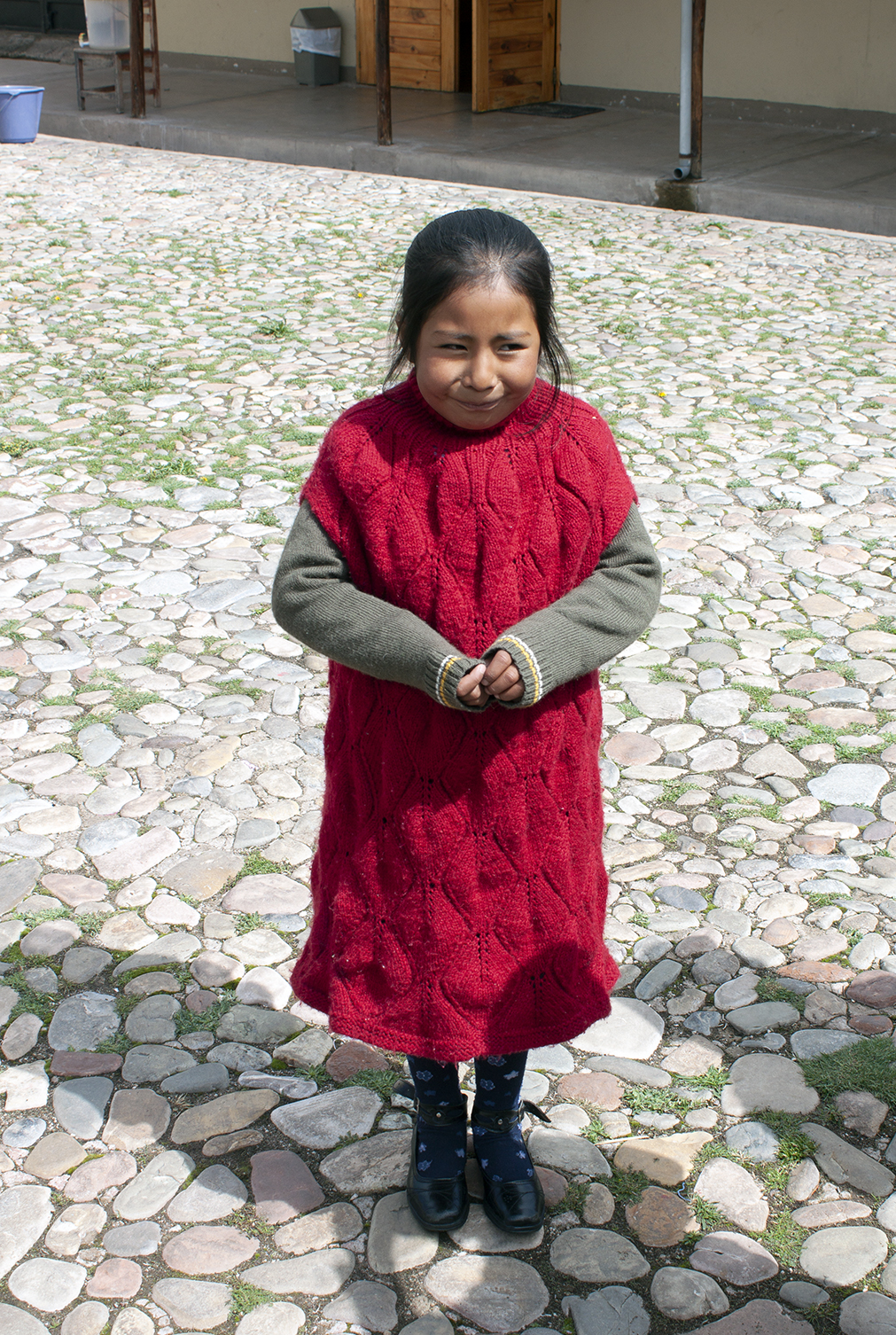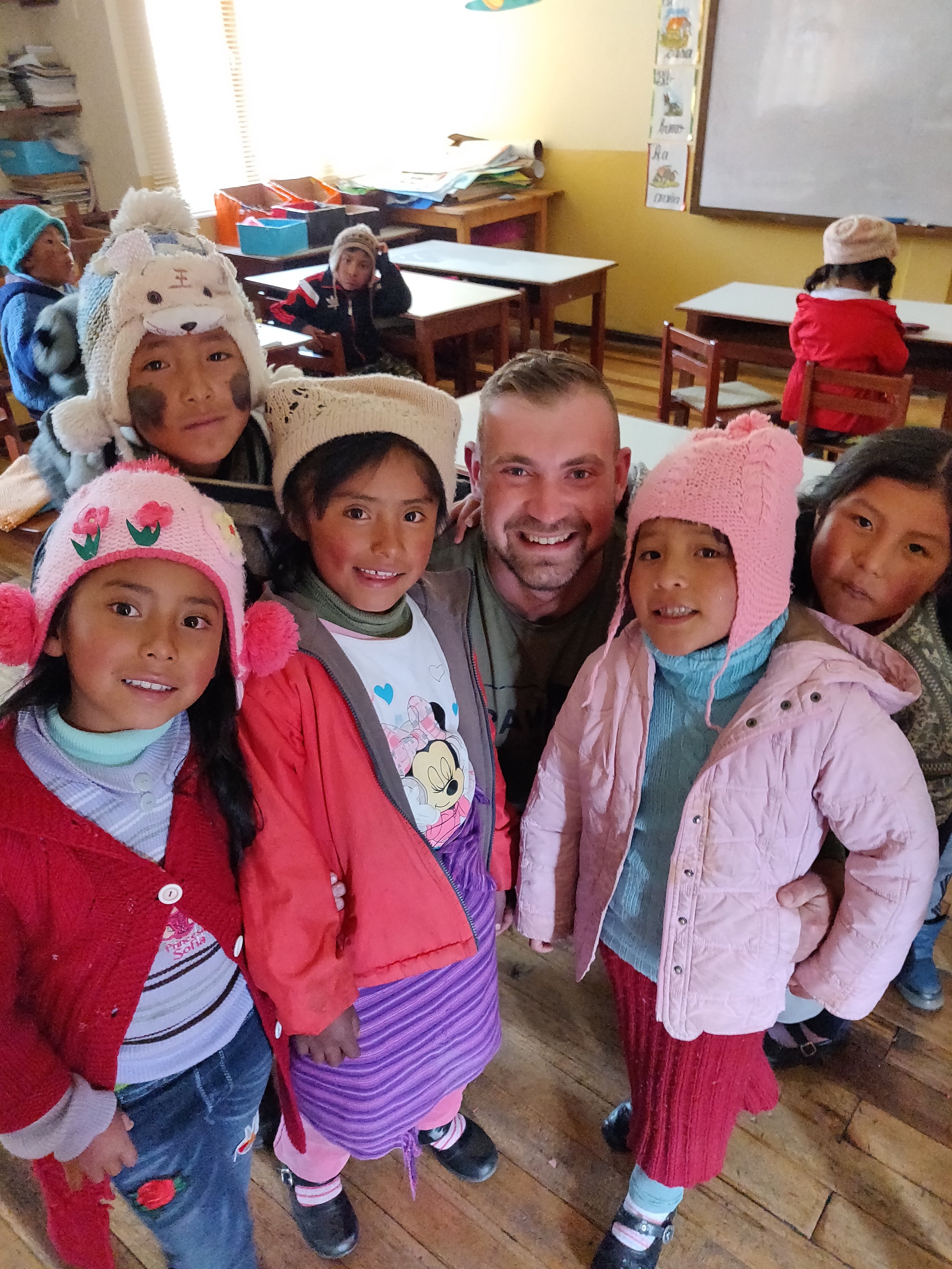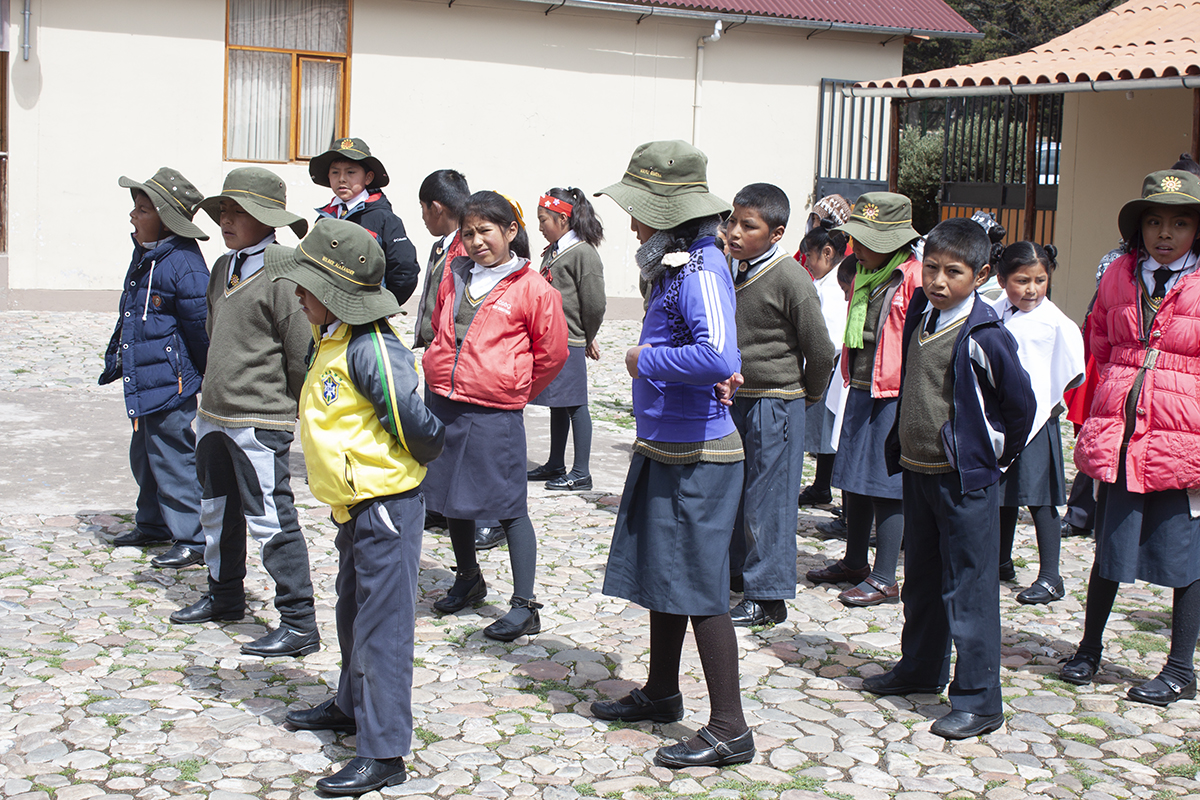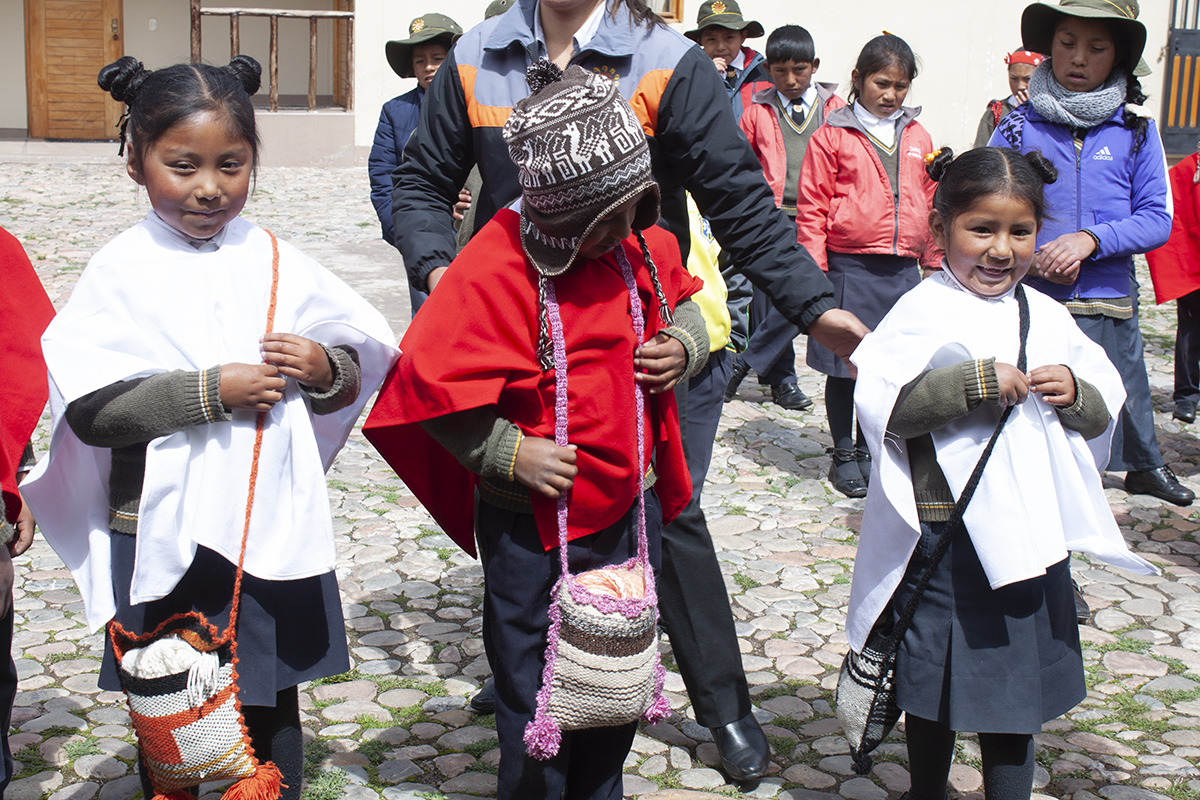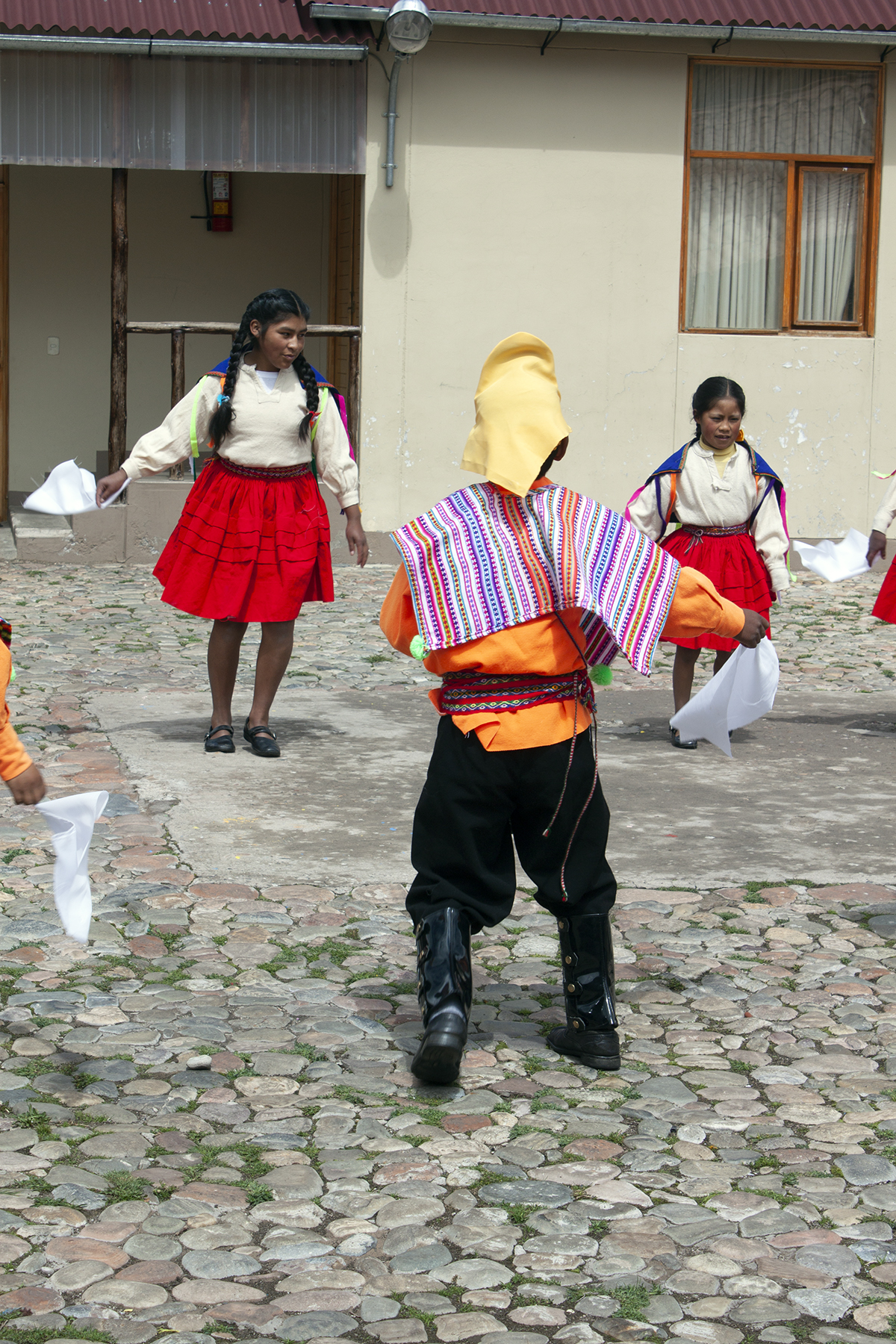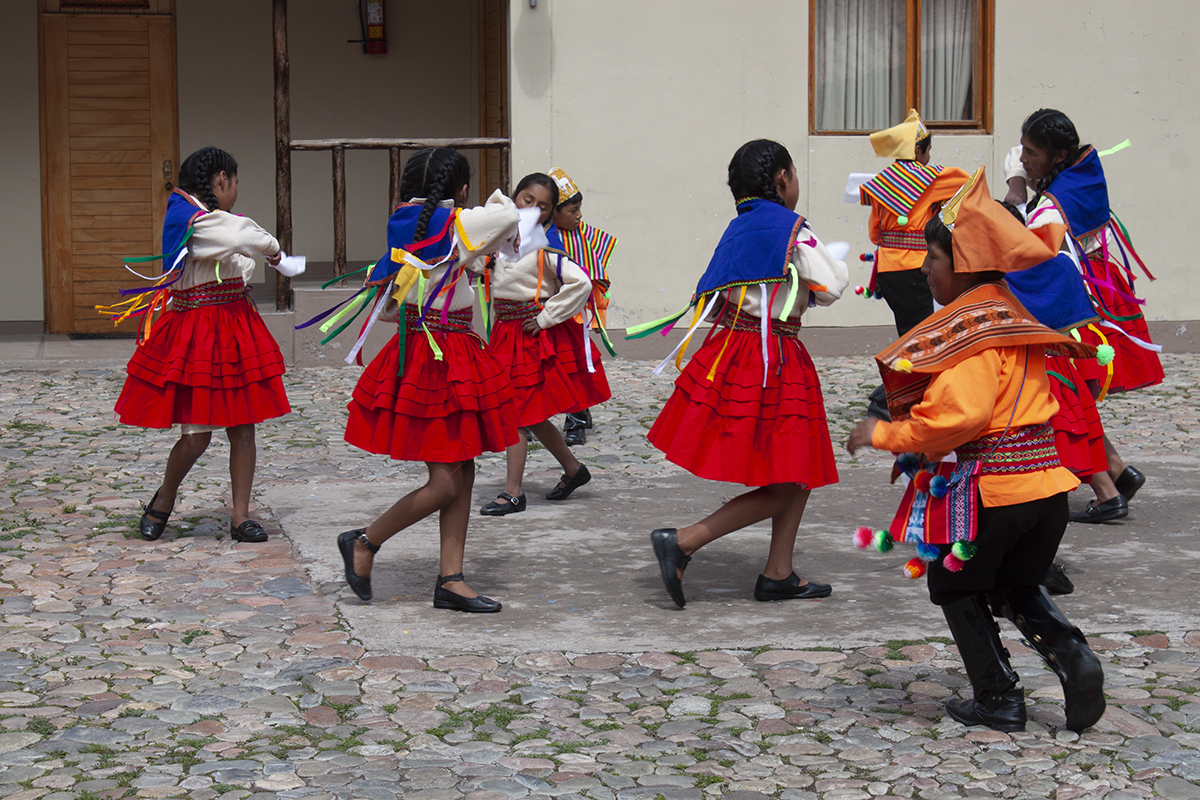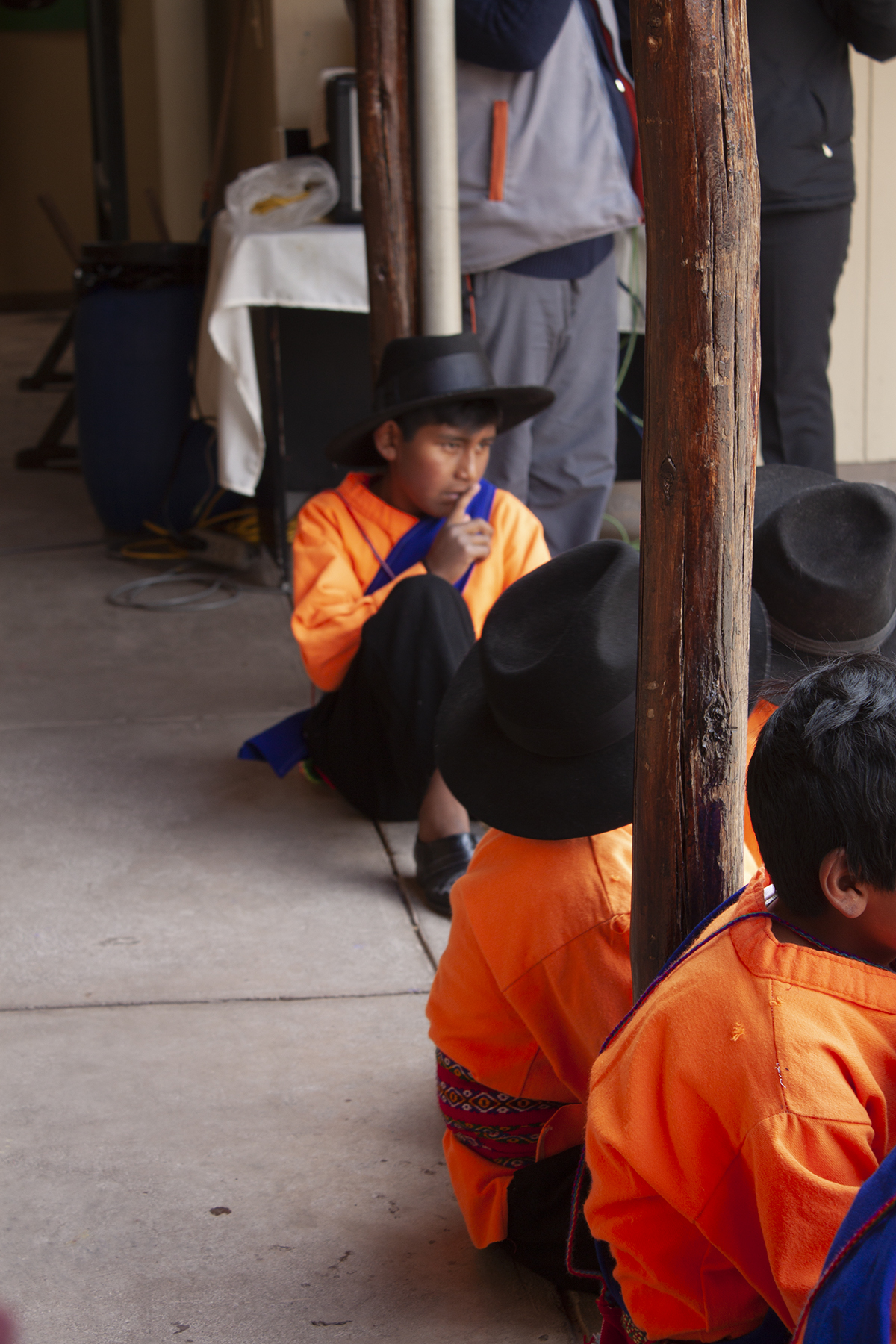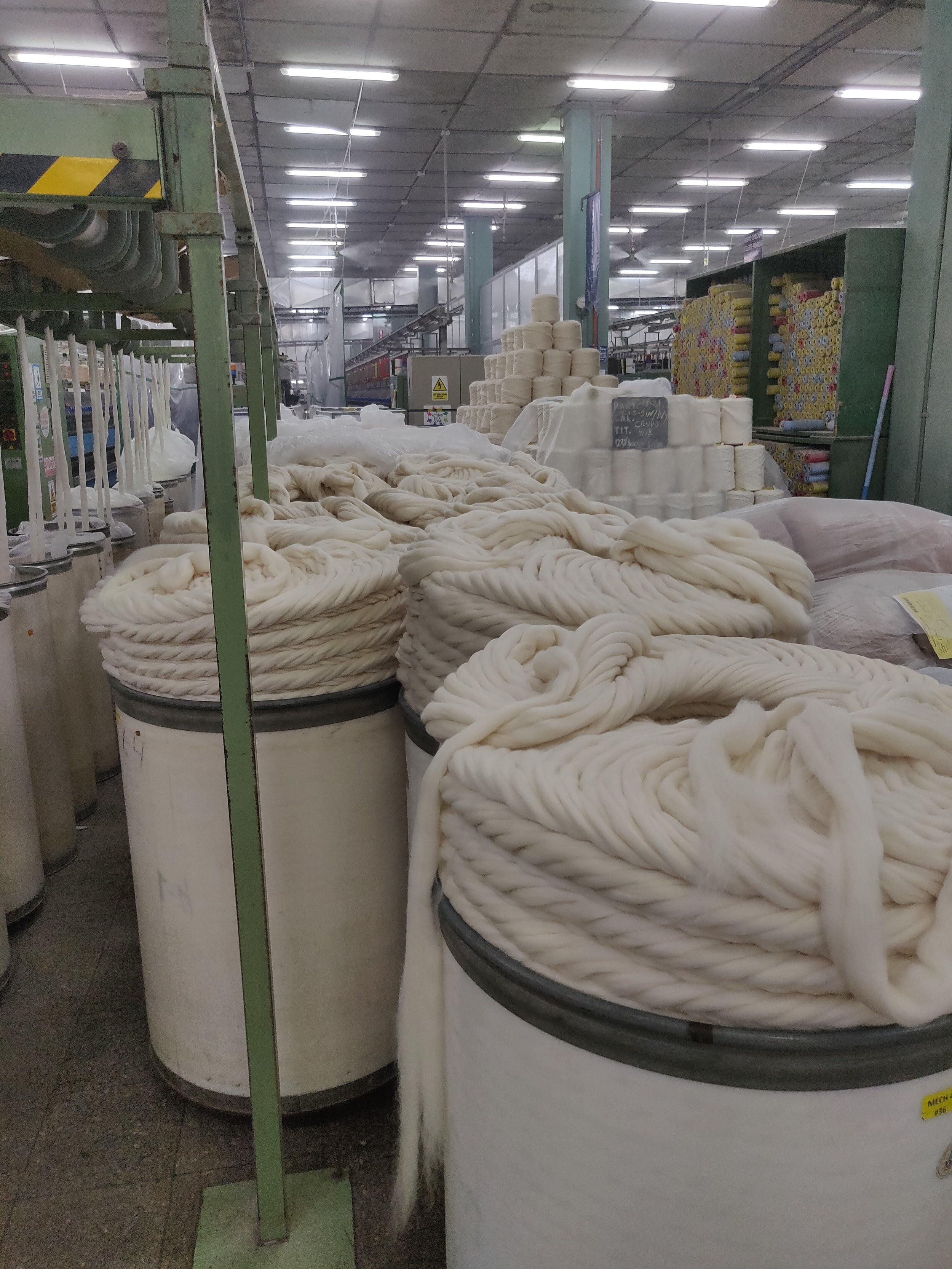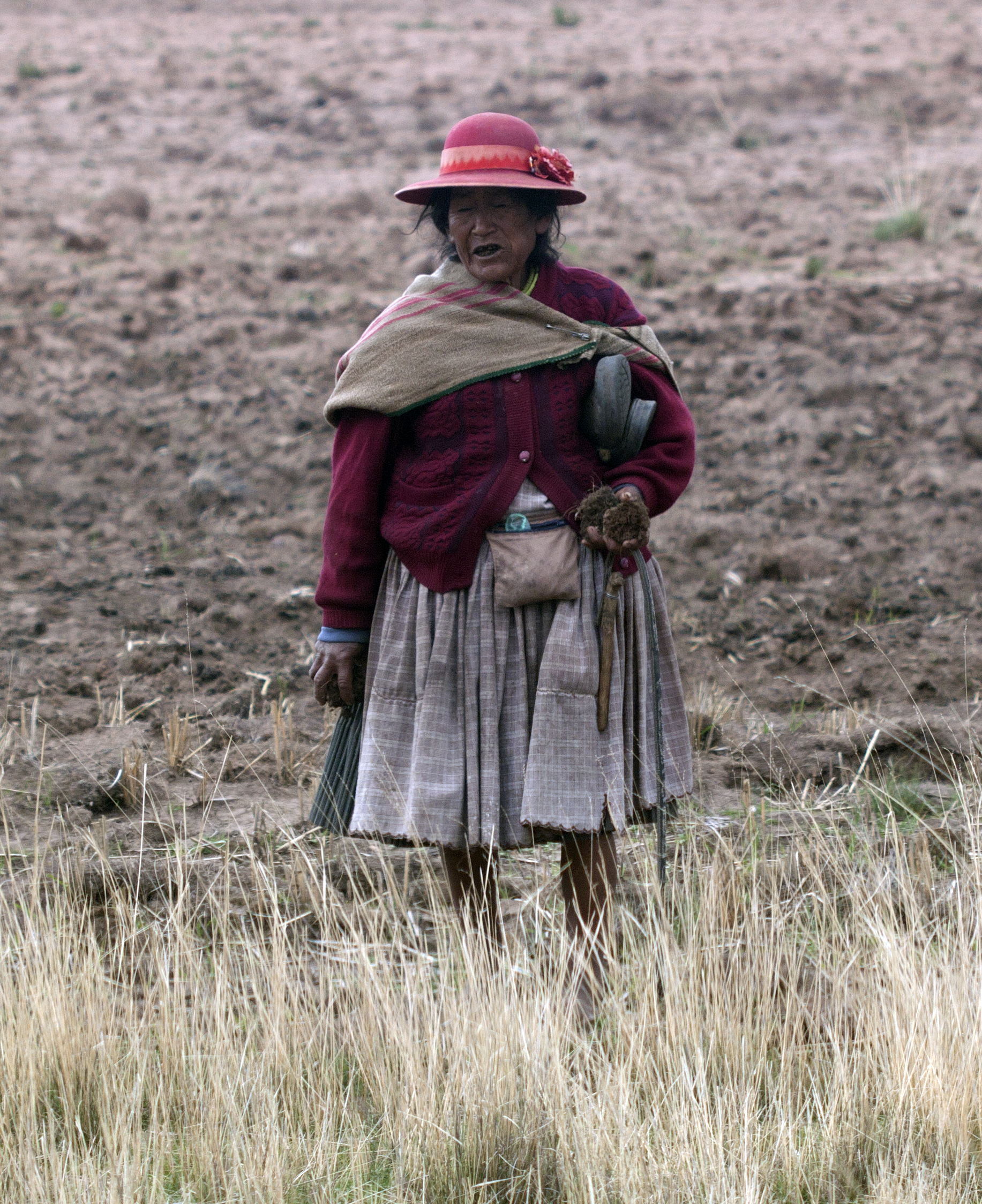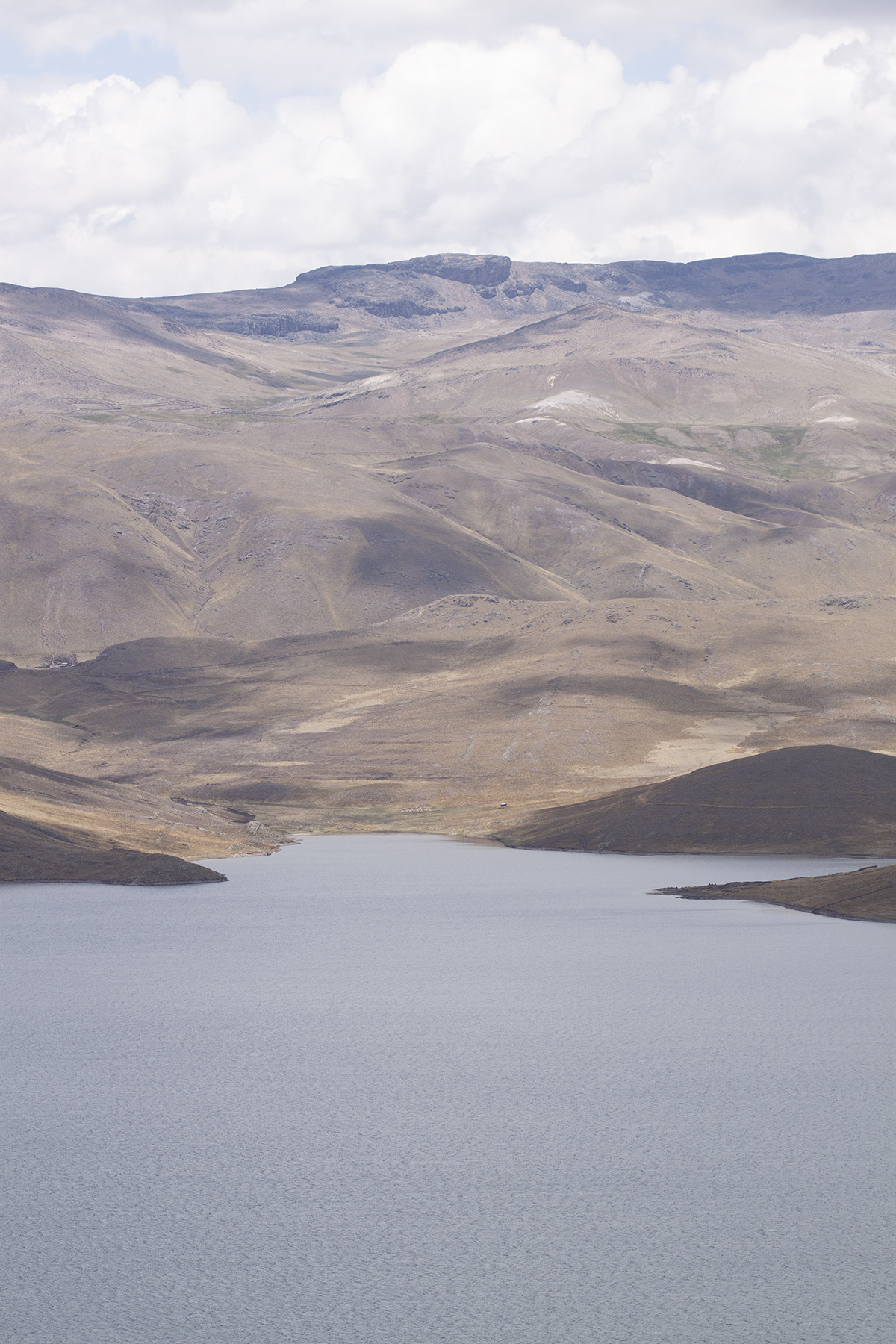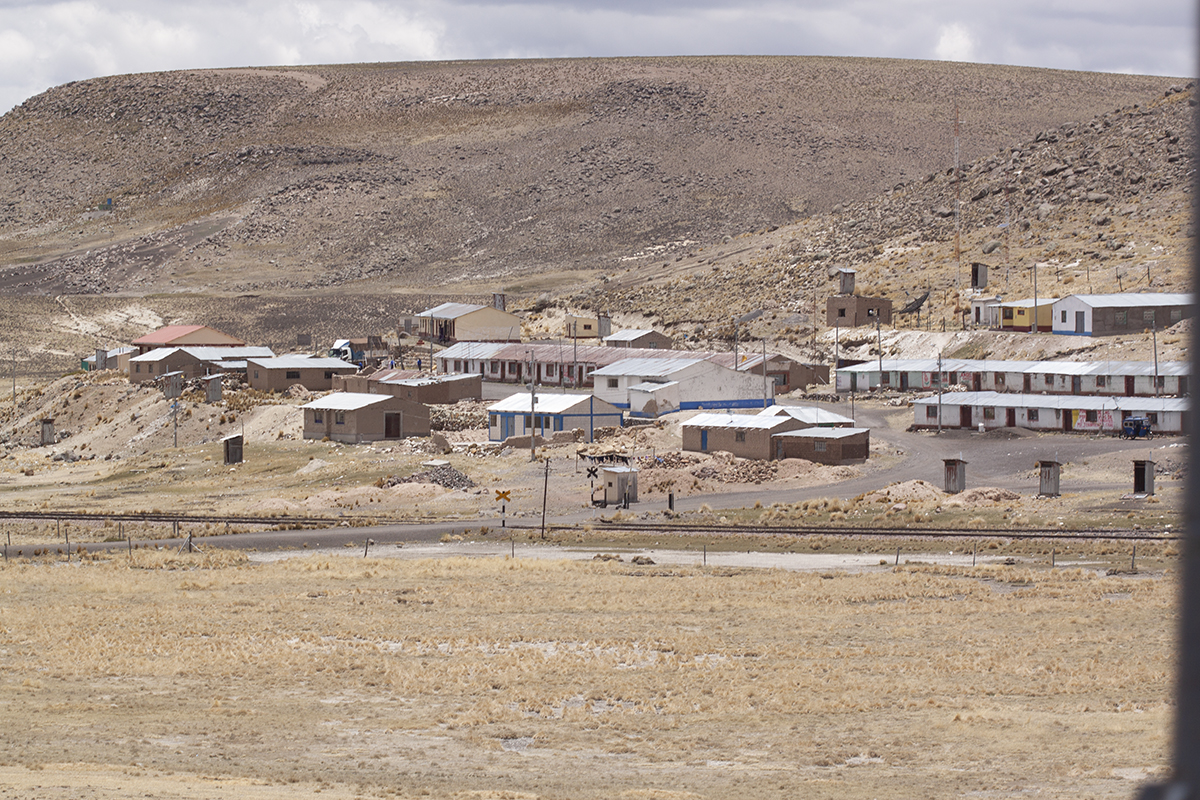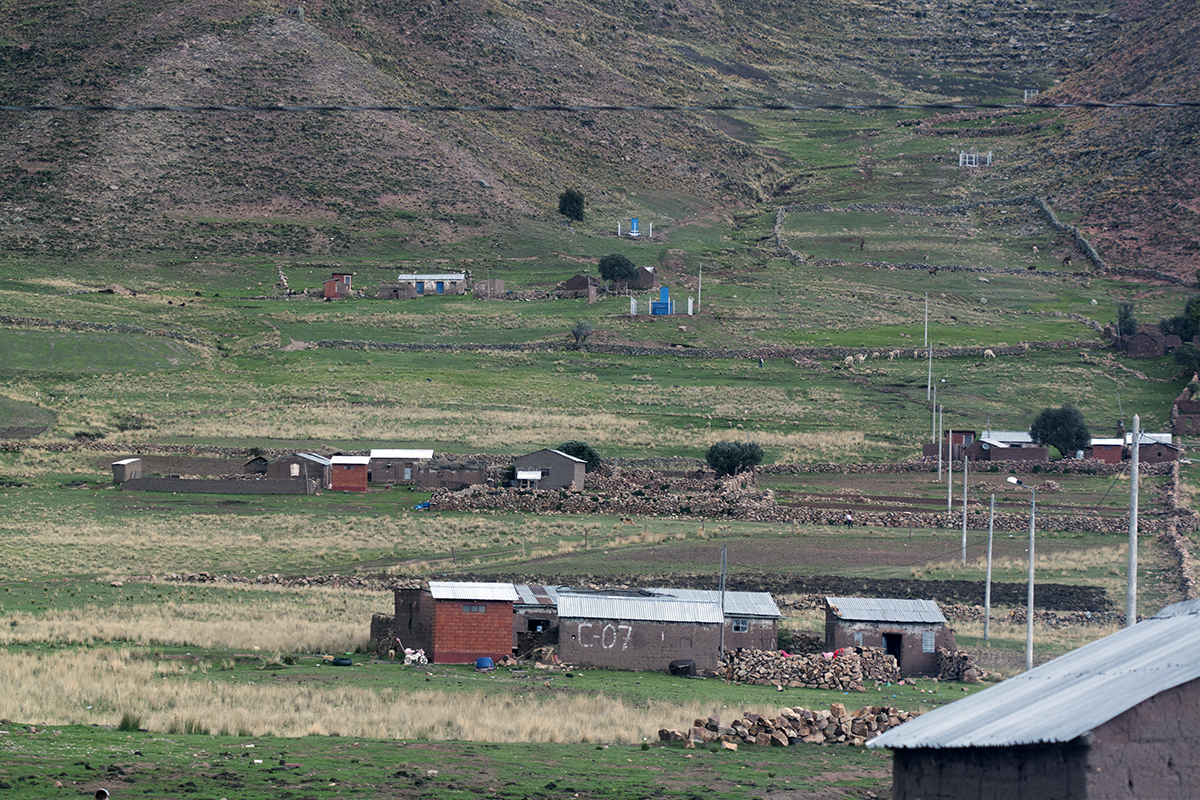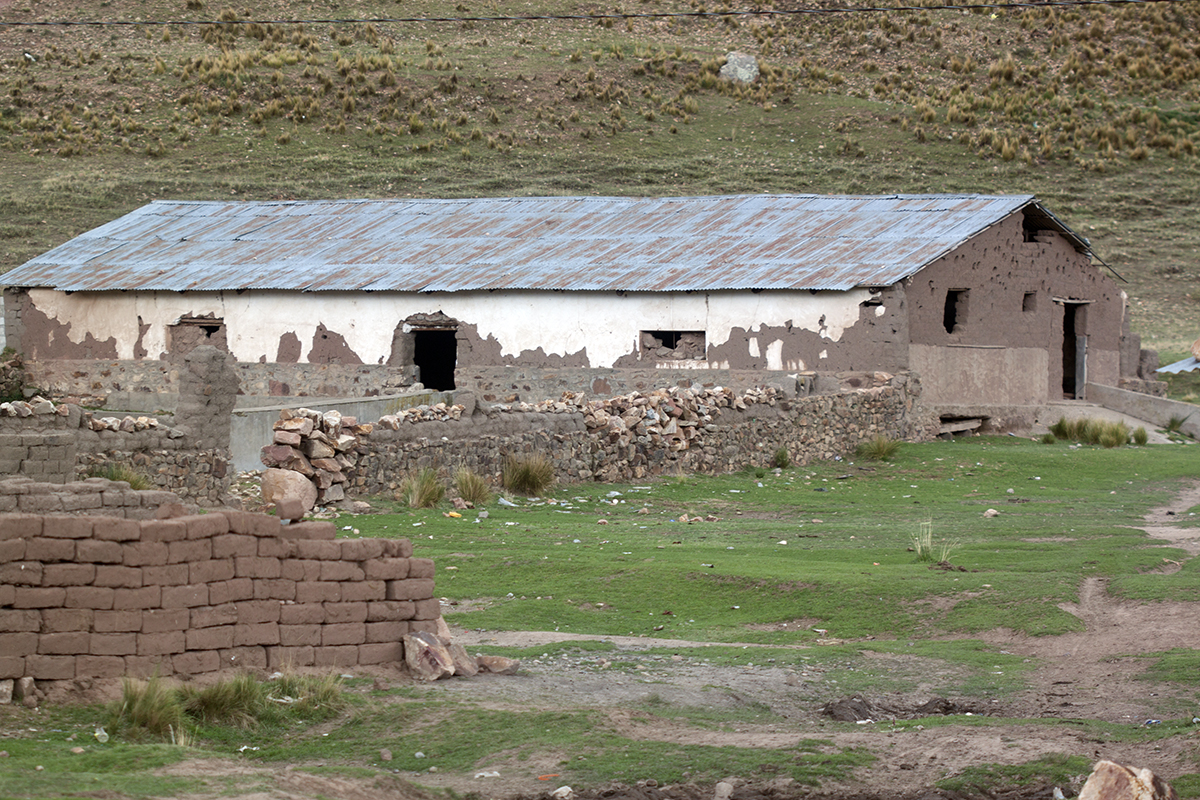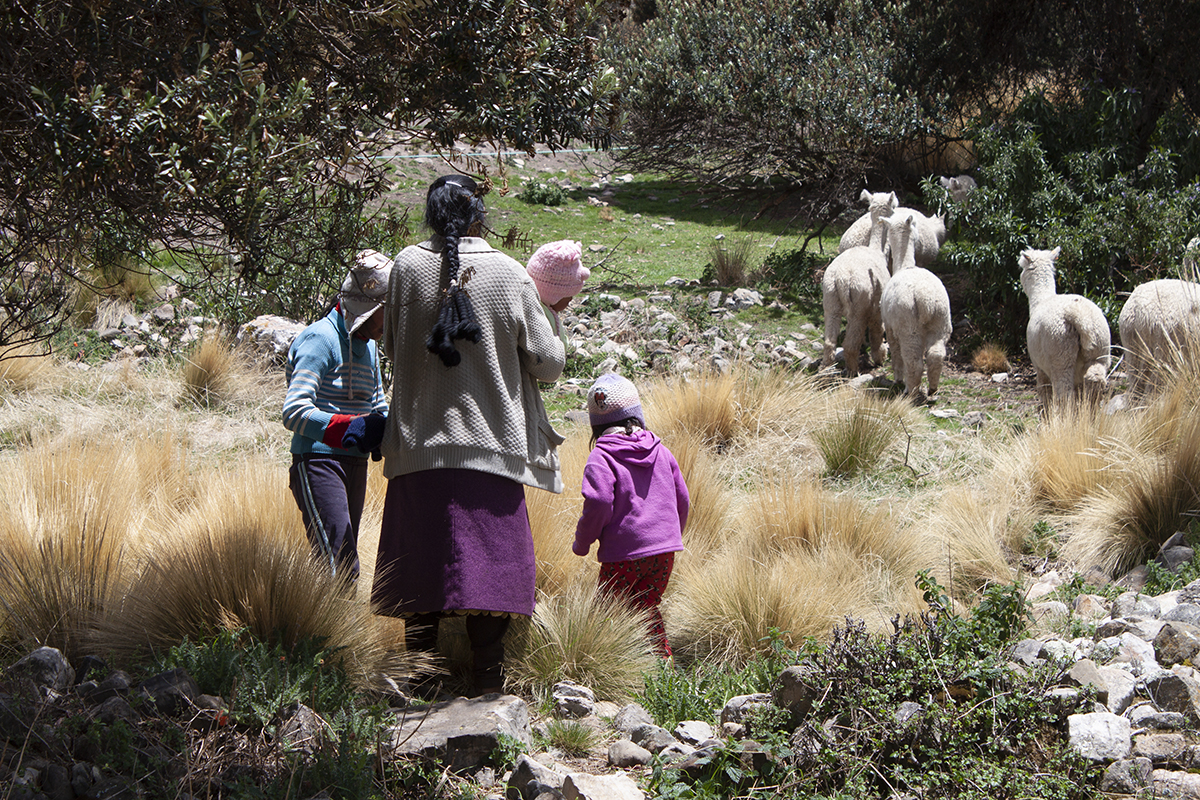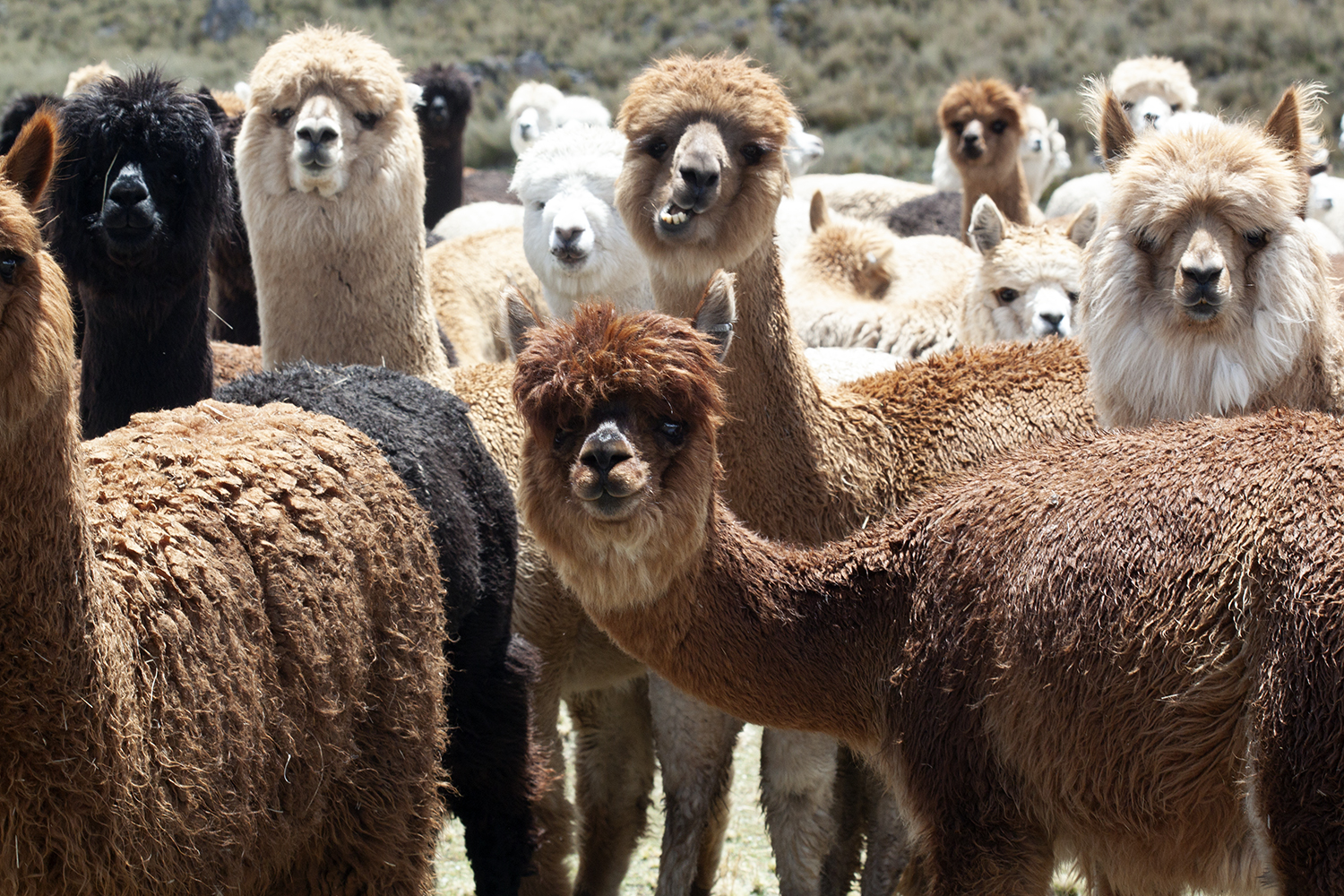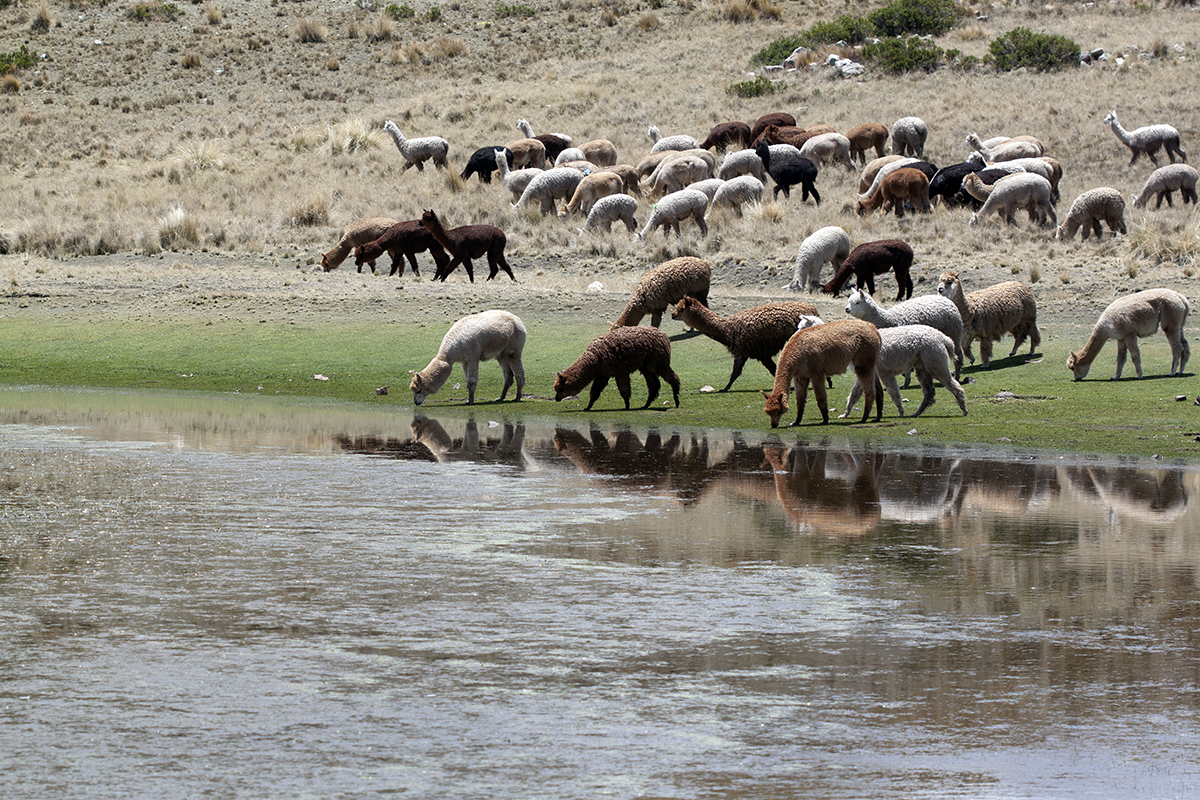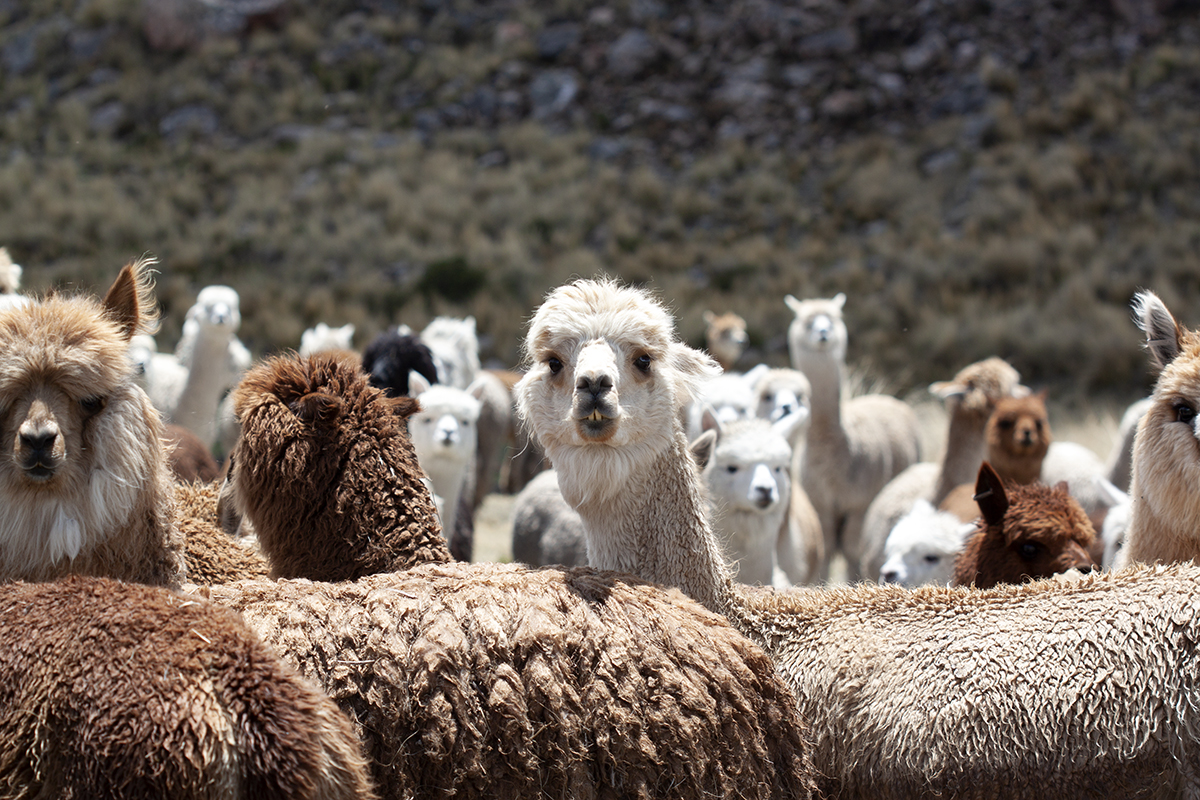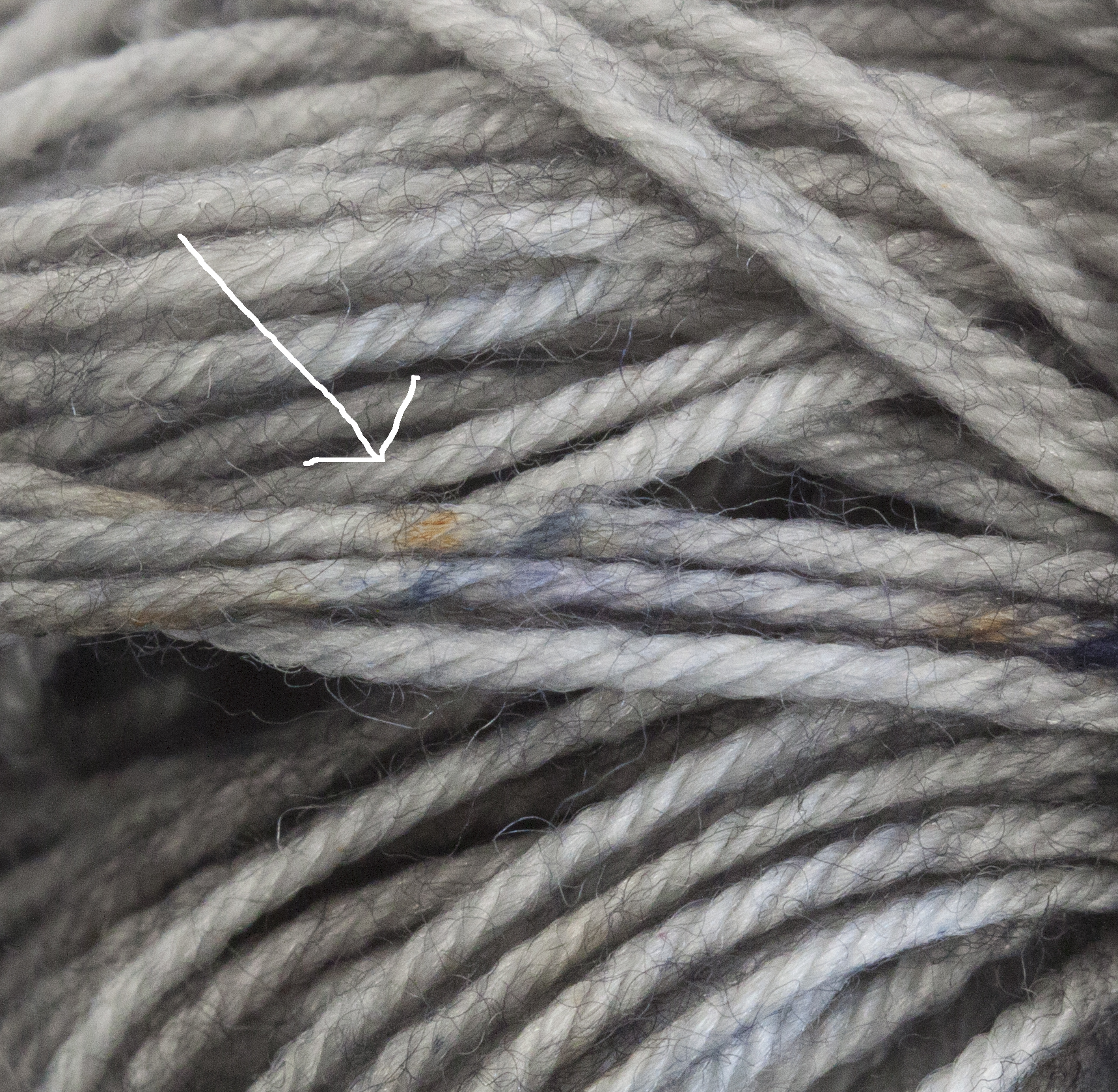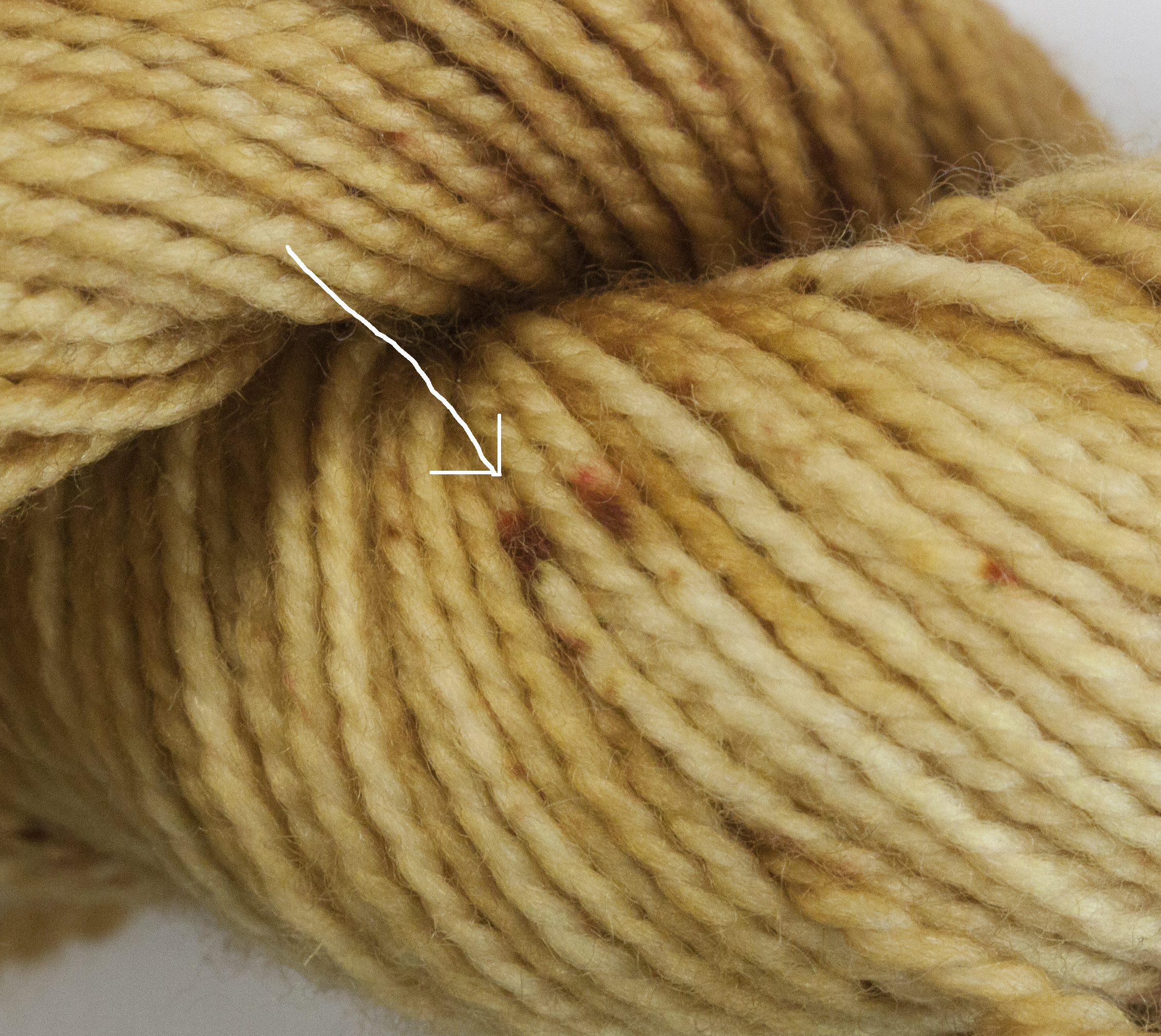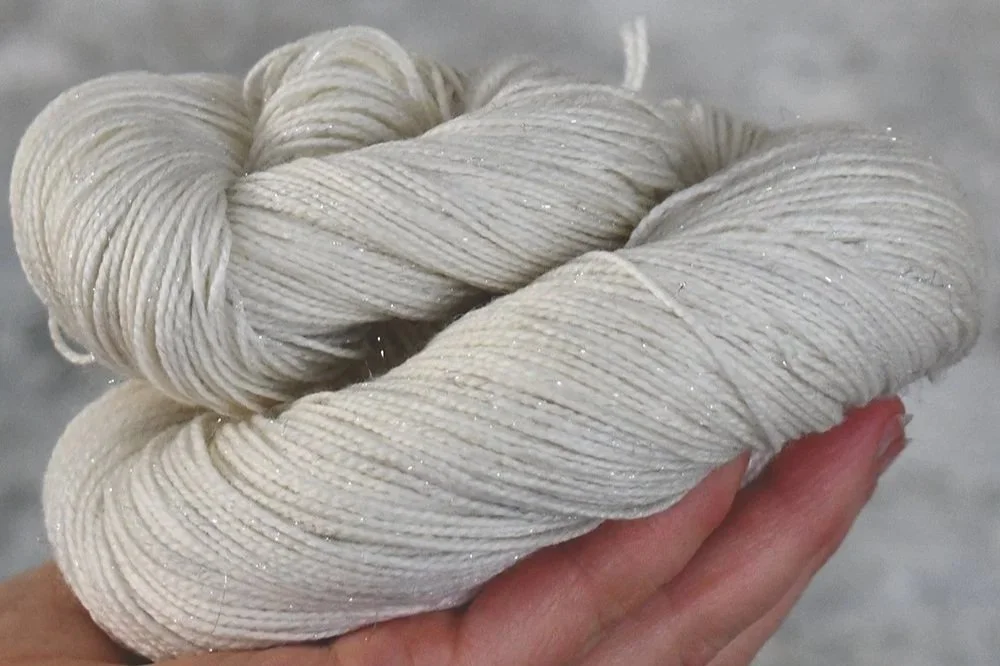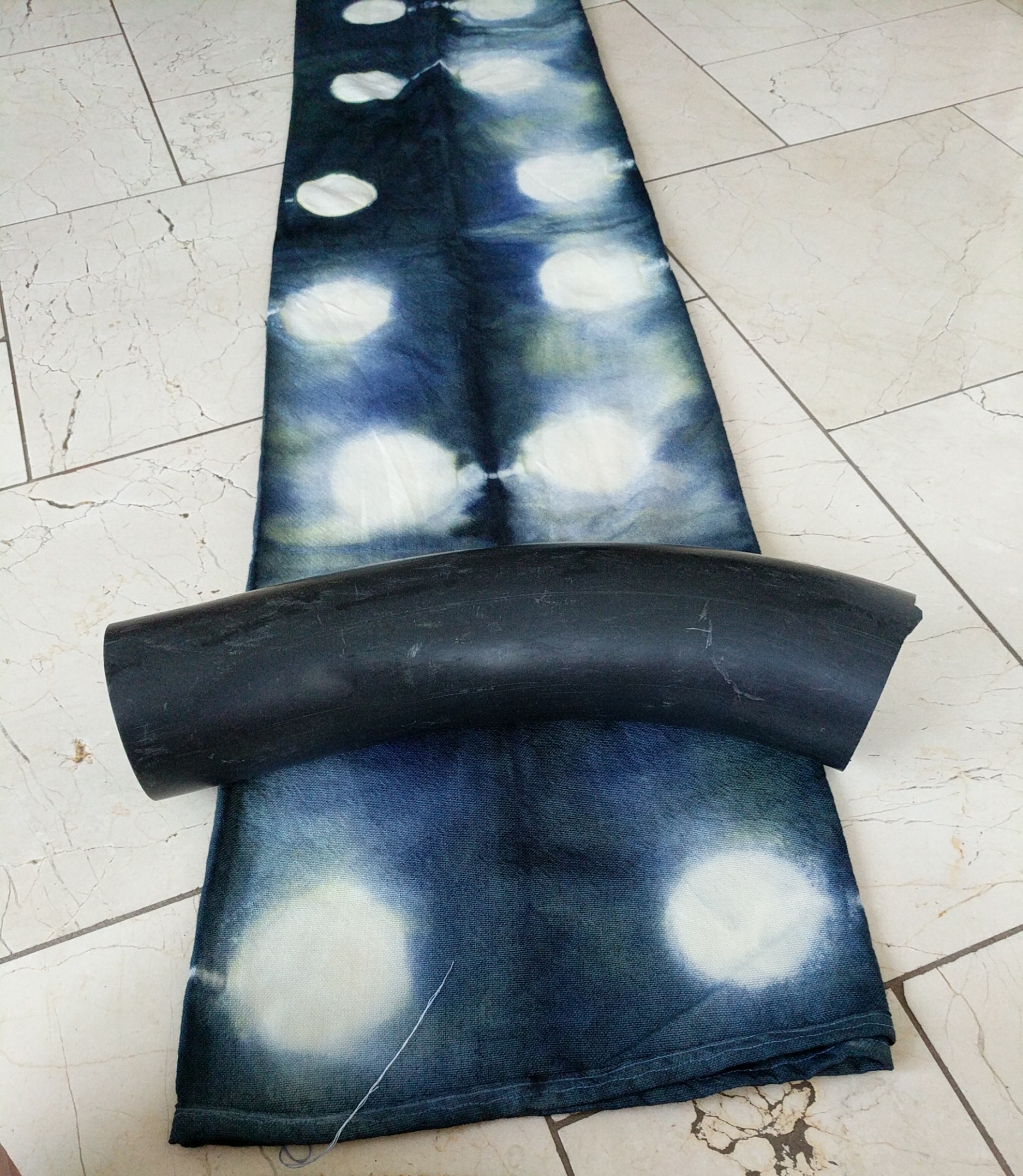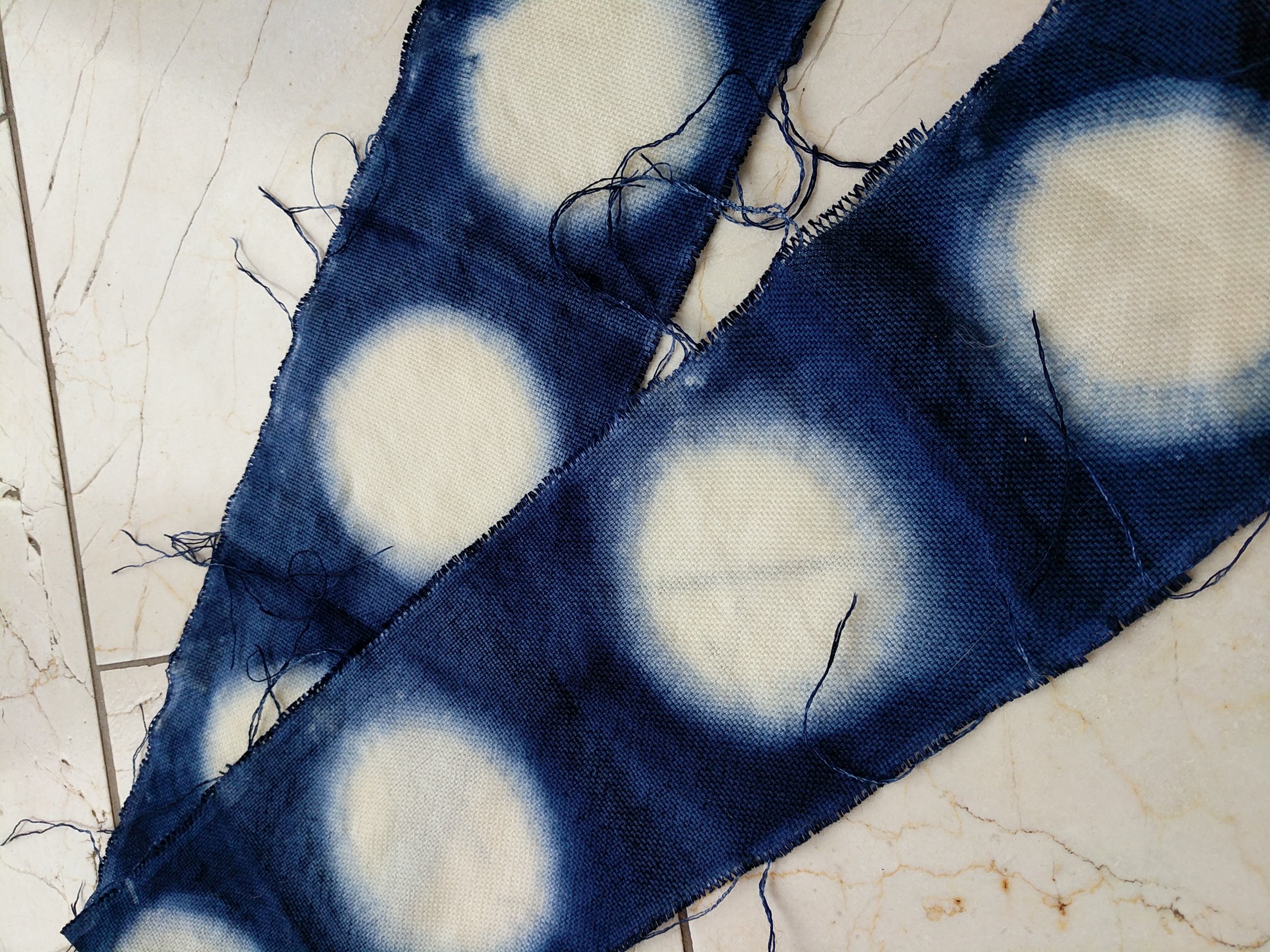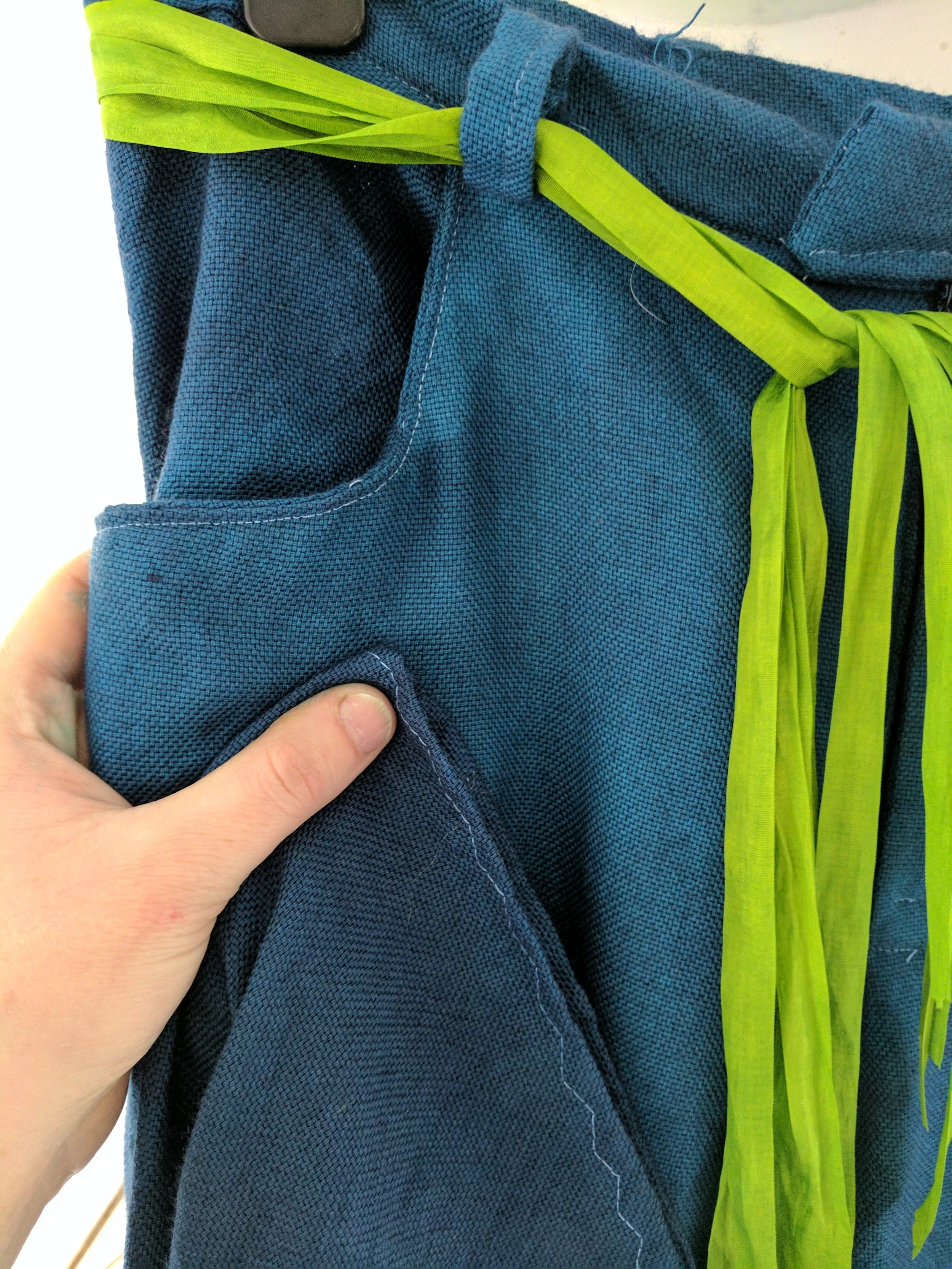We love research and development at CWC. Our view is that nothing is perfect and there can always be improvements or adjustments to make our yarns more gorgeous.
Our new EZ-Dye range has been something that we’ve been thinking about and working on for over 5 years now. It started during the pandemic when Jen became obsessed with creating a fibre which was non-Superwash, but had a better dye uptake. We started working on experiments (Jen even fermented some fibers at one point making some very smelly results) to research into how we could make this happen. We love Superwash and non Superwash yarns but what if we could blend the best of both worlds, wouldn’t that be amazing?!
Jen knew exactly what she wanted, but there wasn’t a process of making that happen on a scale that we could sell, but the idea was firmly there waiting for the dye stars to align.
Fast forward to last year when the mill started trialling enzyme treatments, it was exactly the kind of product we were after. This is what Jen pictured years ago, so when these trials were mentioned, it was the beginning of what she had dreamed of. We took a massive risk and started the yarn developments, this is how we came up with our new EZ-Dye yarn range.
So… what is an EZ-Dye yarn?
EZ-Dye is an environmentally friendly enzyme treatment used on 21.5 micron Merino wool fibre, this results in an improved dye uptake when compared to a non-Superwash fibre.
The yarn has an increased depth of colour
The colours appear brighter and are more similar to SW
The yarn sits in-between a non SW and a SW treated yarn
The yarn will not shrink quite as much compared to a non SW yarn
Below is an example of the finished yarn:
These three yarns, of the same construction and twist but with the stated fibres- have been dyed with a 4% Magenta levelling dye using the same method, same pH level, same temperature and left to exhaust.
The top sample is… yes you guessed, type 49105 100% Superwash Merino - this shows a rich intensity of Magenta.
The middle is the EZ-Dye, type 59122 100% enzyme treated Merino - this shows a bright intensity of Magenta
The bottom is type, 49188 100% Non Superwash organic Merino - this shows a lighter colour and has less intensity that the other two swatches.
As you can see the EZ-Dye isn’t quite as intense as the Superwash option, but it has a much stronger colour in comparison to the Non Superwash.
Interestingly, the difference in intensity of the colour is more prominent when it’s knitted.
Washing Results as follows:
So… where do we see these yarns placed in our assortment? We see it as perfectly suited for those who:
Find dying Non Superwash yarn more challenging
Already love dying a Non Superwash yarn, but would like to achieve even better colours
We don’t see EZ-Dye as a replacement for Superwash, as Superwash offers its own unique properties. But we do see this as a new category on it’s own as a dyeable fibre
We have made this yarn in our top 5 favourite yarns, and once we receive your extremely valuable feedback we will look to expand this range. This is unique and exclusive to us, so you find it anywhere else, it’s our own special product and we are super proud of it, we hope you love it as much as we do.
This exciting new fibre will be available in the following types:
